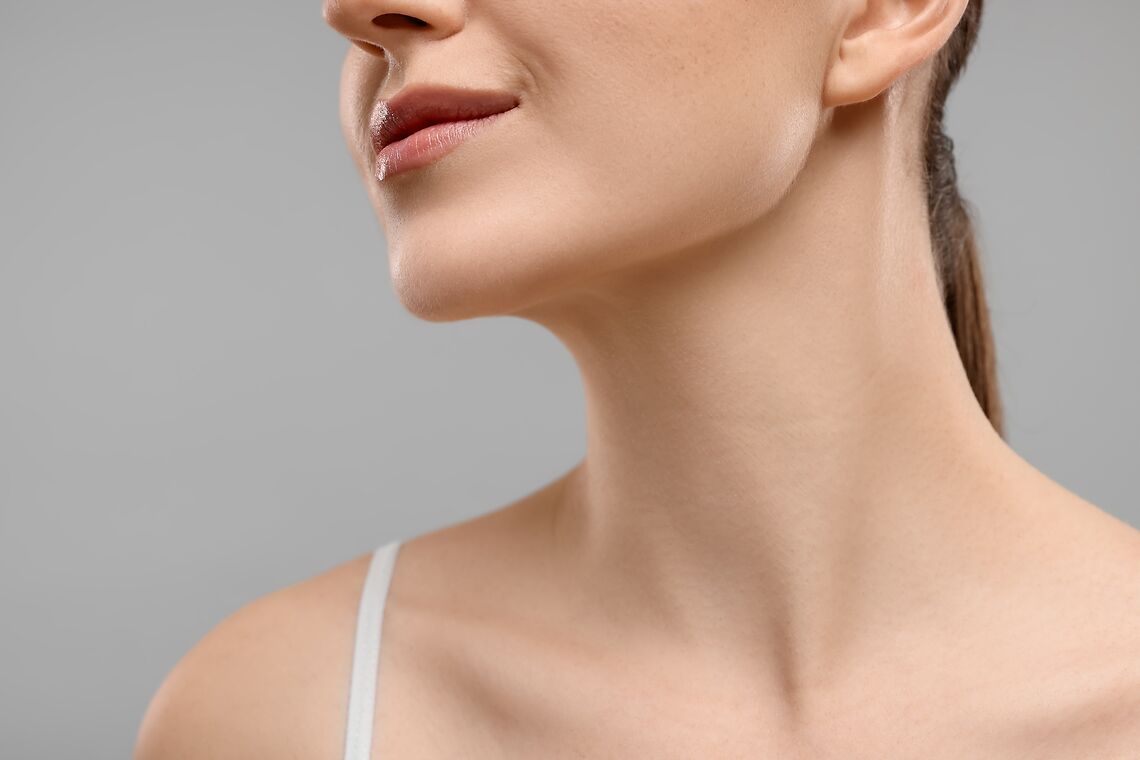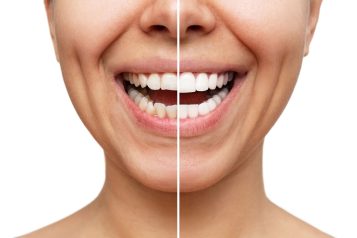“Recently, I had the honor of presenting my deep plane face and neck technique to the French Plastic Surgery Society in Marseilles. Touring museums filled with sculptures, it is clear that the aesthetic of a beautiful neck has changed little over the millennia,” says Dr. Brannon Claytor, a double board-certified plastic surgeon in Bryn Mawr, PA. Today, younger patients often focus on a thick neck that obscures a youthful jawline, while more mature patients may view lax skin and jawline jowls as signs of aging that do not reflect how they feel.
 Photo Credit: Courtesy of New Africa/Shutterstock
Photo Credit: Courtesy of New Africa/Shutterstock
Dr. Brannon Claytor says, “Patients today have more options when it comes to rejuvenating the neck. The gold standard of an open platysmaplasty, which can be performed under both general or tumescent anesthesia, tightens the platysma muscles and enables the surgeon to re-drape the skin to achieve more youthful jawline contours.” Those with a “turkey neck” can benefit from this procedure, often performed in conjunction with a deep plane facelift. The downtime is approximately two weeks, with incisions hidden behind and within the ear and hairline.
For those who wish to “debulk” and sculpt their neck and jawline without skin excision, there are less invasive options available under local anesthesia. The minimally invasive MyEllevate™ neck lift uses a permanent suture anchored in the fascia behind the ear, combined with liposuction to remove excess fat. This procedure requires only a small incision beneath the chin and has a recovery time of about ten days. Alternatively, laser-assisted liposuction (SmartLipo™) is an excellent option, providing neck debulking and sculpting with minor entry incisions and a short recovery period.
Dr. Claytor focuses on a comprehensive approach to rejuvenation, “Including medical grade skincare on the neck and face is important to maintaining elastin and collagen. No matter what your age, maintaining skin health promotes firmer, brighter, healthier skin and extends the results of your surgical investment.”
For more information, visit Dr. Brian A. Levine's social media:

























